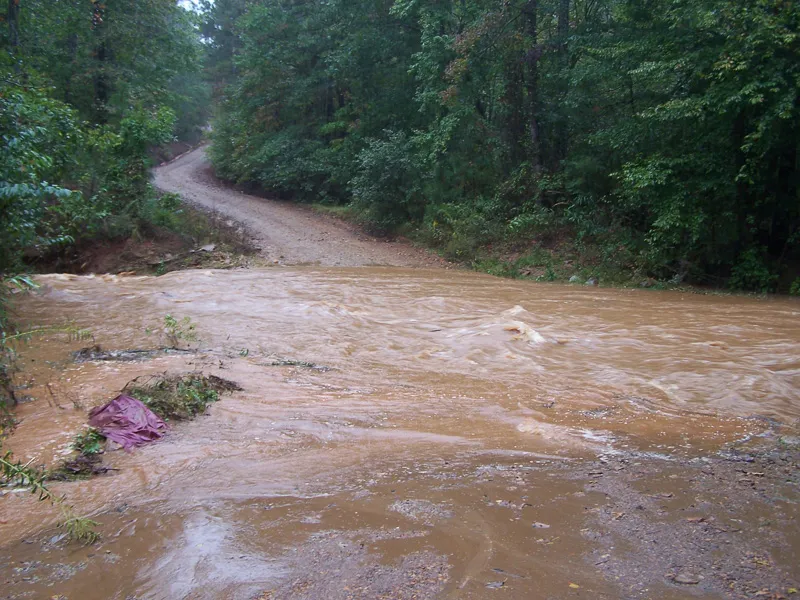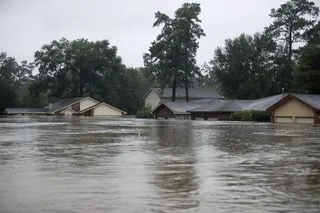Floods, a pervasive phenomenon influenced by global warming, pose a significant threat to human health, extending beyond the initial traumatic event. Research has long recognized the boostd risk of communicable diseases following floods, but a new Australian-led study uncovers a more insidious killer: the increased likelihood of heart and lung disease fatalities weeks after disaster strikes.
The study, led by Professor Yuming Guo from Monash University, analyzed data from 761 communities across 34 countries and territories, including Australia, that had faced at least one flood between 2000 and 2010. The researchers focused on the number of deaths caused by cardiovascular and respiratory diseases, as well as mortality rates overall. They matched these findings to flood and temperature data during the same period.
The results revealed a startling trend: mortality risks increased and persisted for up to 50 days for cardiovascular deaths and 60 days for respiratory deaths, even after the flooding had subsided. Deaths from all causes peaked at 25 days after a flood, the study found.
In affected communities, up to 0.10% of all deaths, 0.18% of cardiovascular deaths, and 0.41% of respiratory deaths were attributed to floods. These flood-mortality associations varied by local climate type and were more pronounced in populations with lower socioeconomic status or a higher proportion of individuals aged 65 and above.

The increased risk of dying was striking: 2.1% for all deaths, 2.6% for cardiovascular deaths, and 4.9% for respiratory deaths across the 35 countries or territories examined. In Australia, the impact on respiratory health was particularly high compared to cardiovascular disease, with the country falling in the middle of the pack when it came to the number of deaths.
Reduced access to health services and exposure to contaminants, including black mould and pathogens, likely contributed to the increased risk of fatalities. According to Professor Guo, governments need to monitor and protect people from health impacts for weeks after the event, not just in the immediate days following.
Associate Professor Liz Hanna from the Australian National University’s Institute for Climate, Energy & Disaster Solutions cautioned that further research is needed to understand the underlying mechanisms driving the increase in death rates, so that prevention strategies can be tailored accordingly. Interrupted access to medications, stress, and grief may also exacerbate existing health conditions.
Dr. Kimberly Humphrey, a public health medical consultant with SA Health, emphasized the study’s importance, highlighting the long-term health repercussions of extreme weather events like floods, which are inextricably linked to climate change. Without addressing the root cause of disasters – climate change caused by fossil fuels – health impacts will continue to worsen.
As the consequences of climate change come to the forefront, it is imperative that governments, healthcare providers, and individuals prepare for the enduring health impacts of floods, recognizing that the receding waters do not signal the end of the health crisis.

